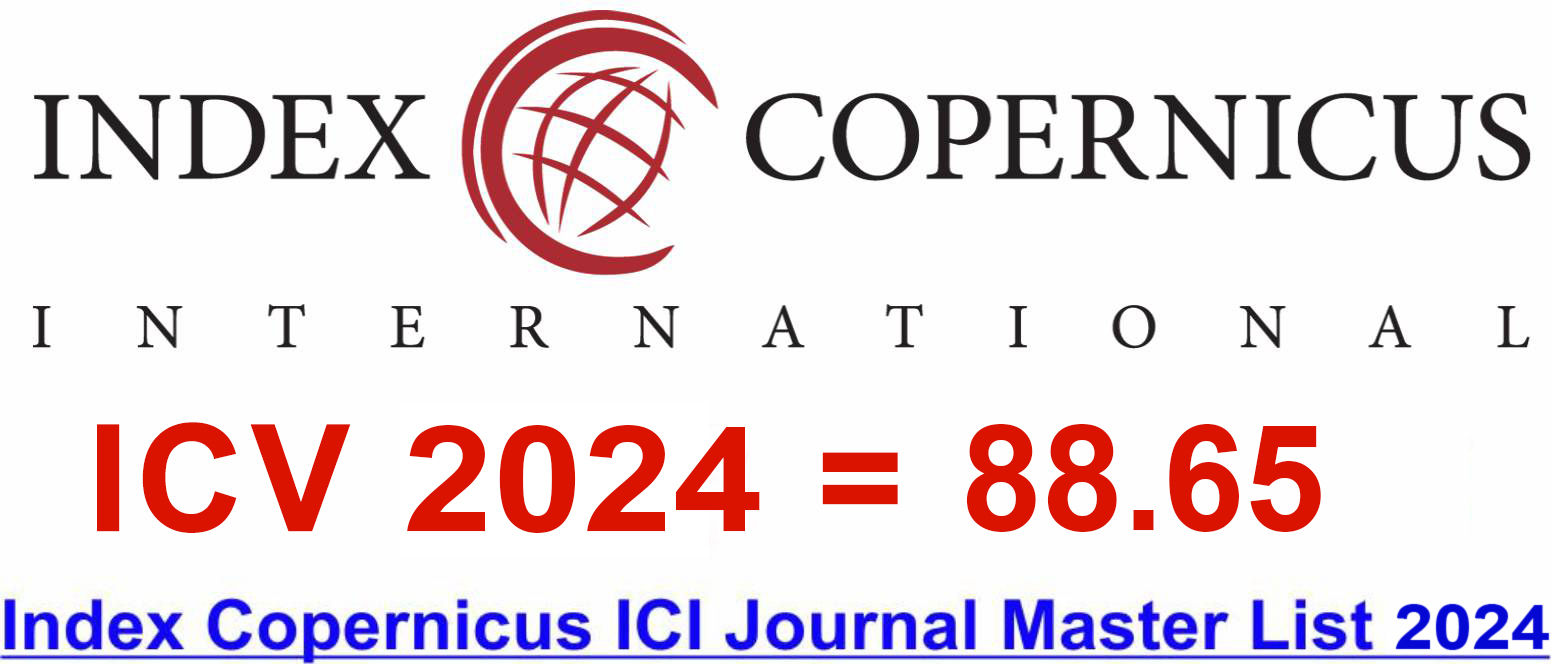Abstract
The paper explores the dynamic intersection of financial markets and advanced data analytics. In a world where markets evolve swiftly, informed decision-making is imperative for investors, traders, and financial analysts. The paper addresses this need by developing a machine learning model employing a random forest classifier to forecast the direction of the S&P 500 index. It unfolds through a systematic process, commencing with data retrieval from Yahoo Finance, data preprocessing to ensure data quality, attribute selection, and model training. We rigorously evaluate the model using precision as the primary metric, which measures its accuracy in predicting stock market trends. We integrate data visualization tools to enhance interpretability and user-friendliness, allowing users to intuitively grasp the model's performance and outcomes. Beyond its predictive capabilities, the project offers an educational tool for learners interested in machine learning and its applications in finance. The system's architecture prioritizes modularity and scalability, establishing the foundation for potential future improvements.
References
- Parmar I, Agarwal N, Saxena S, Arora R, Gupta S, Dhiman H, Chouhan L. Stock market prediction using machine learning. In 2018 first international conference on secure cyber computing and communication (ICSCCC) 2018 Dec 15 (pp. 574-576). IEEE. https://doi.org/10.1109/ICSCCC.2018.8703332
- Strader TJ, Rozycki JJ, Root TH, Huang YH. Machine learning stock market prediction studies: review and research directions. Journal of International Technology and Information Management. 2020;28(4):63-83. https://doi.org/10.58729/1941-6679.1435
- Hong K, Wu E. The roles of past returns and firm fundamentals in driving US stock price movements. International Review of Financial Analysis. 2016 Jan 1;43:62-75. https://doi.org/10.1016/j.irfa.2015.11.003
- Cavalcante RC, Oliveira AL. An approach to handle concept drift in financial time series based on Extreme Learning Machines and explicit Drift Detection. In2015 international joint conference on neural networks (IJCNN) 2015 Jul 12 (pp. 1-8). IEEE. https://doi.org/10.1109/IJCNN.2015.7280721
- Aghabozorgi S, Shirkhorshidi AS, Wah TY. Time-series clustering–a decade review. Information systems. 2015 Oct 1;53:16-38. https://doi.org/10.1016/j.is.2015.04.007
- Beyaz E, Tekiner F, Zeng XJ, Keane J. Comparing technical and fundamental indicators in stock price forecasting. In 2018 IEEE 20th International Conference on High Performance Computing and Communications; IEEE 16th International Conference on Smart City; IEEE 4th International Conference on Data Science and Systems (HPCC/SmartCity/DSS) 2018 Jun 28 (pp. 1607-1613). IEEE. https://doi.org/10.1109/HPCC/SmartCity/DSS.2018.00262
- Beyaz E, Tekiner F, Zeng XJ, Keane J. Stock price forecasting incorporating market state. In 2018 IEEE 20th International Conference on High Performance Computing and Communications; IEEE 16th International Conference on Smart City; IEEE 4th International Conference on Data Science and Systems (HPCC/SmartCity/DSS) 2018 Jun 28 (pp. 1614-1619). IEEE. https://doi.org/10.1109/HPCC/SmartCity/DSS.2018.00263
- Khan W, Ghazanfar MA, Azam MA, Karami A, Alyoubi KH, Alfakeeh AS. Stock market prediction using machine learning classifiers and social media, news. Journal of Ambient Intelligence and Humanized Computing. 2022 Jul 1:1-24. https://doi.org/10.1007/s12652-020-01839-w
- Lo A. Adaptive markets: Financial evolution at the speed of thought. Princeton University Press; 2017 Dec 31. https://doi.org/10.1515/9781400887767
- Ayyildiz N, Iskenderoglu O. How effective is machine learning in stock market predictions? Heliyon. 2024 Jan 30;10(2). https://doi.org/10.1016/j.heliyon.2024.e24123
- Rath S, Das NR, Pattanayak BK. An Analytic Review on Stock Market Price Prediction using Machine Learning and Deep Learning Techniques. Recent Patents on Engineering. 2024 Feb 1;18(2):88-104. https://doi.org/10.2174/1872212118666230303154251
- Chandwani D, Saluja MS. Stock direction forecasting techniques: An empirical study combining machine learning system with market indicators in the Indian context. International Journal of Computer Applications. 2014 Jan 1;92(11):8-17. https://doi.org/10.5120/16051-5202
- Najem R, Amr MF, Bahnasse A, Talea M. Advancements in Artificial Intelligence and Machine Learning for Stock Market Prediction: A Comprehensive Analysis of Techniques and Case Studies. Procedia Computer Science. 2024 Jan 1;231:198-204. https://doi.org/10.1016/j.procs.2023.12.193
- Brogaard J, Zareei A. Machine learning and the stock market. Journal of Financial and Quantitative Analysis. 2023 Jun;58(4):1431-72. https://doi.org/10.1017/S0022109022001120
- Liu P. Stock Price Prediction Using Deep Learning. In Proceedings of the 5th International Conference on Economic Management and Green Development 2022 May 5 (pp. 196-200). Singapore: Springer Nature Singapore. https://doi.org/10.1007/978-981-19-0564-3_20
- Mintarya LN, Halim JN, Angie C, Achmad S, Kurniawan A. Machine learning approaches in stock market prediction: A systematic literature review. Procedia Computer Science. 2023 Jan 1;216:96-102. https://doi.org/10.1016/j.procs.2022.12.115















